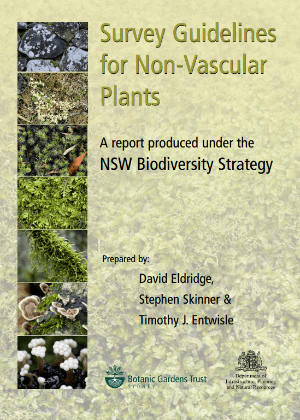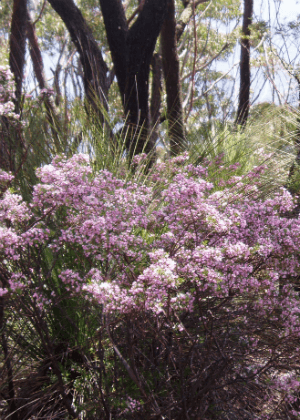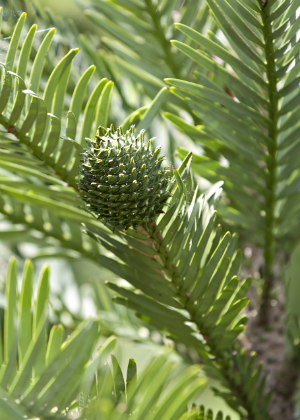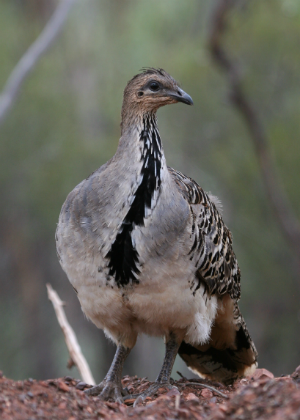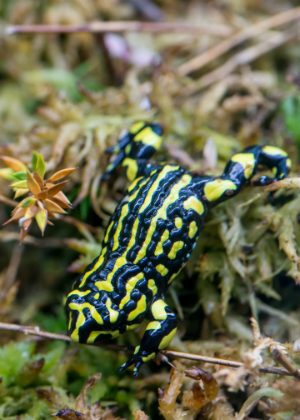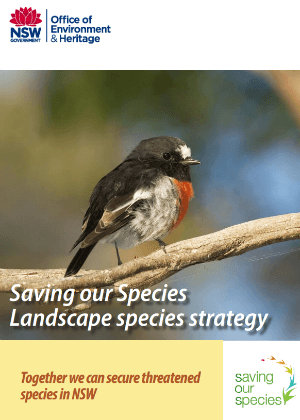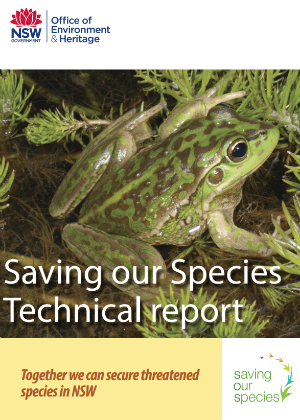The group include a complex array of lichens, bryophytes (mosses, liverworts and hornworts), algae, cyanobacteria, fungi and bacteria. Together these organisms play important roles in terrestrial and aquatic ecosystems. Specifically the organisms protect the soil against erosion, fix atmospheric nitrogen, phosphorus and carbon and sequester it in the soil, moderate soil moisture, influence the germination and establishment of vascular plants, and provide habitat for soil animals. In some ecosystems they are important indicators of landscape health.
Despite the importance of non-vascular plants, there have been few attempts to include them in routine vegetation surveys. This is due to the fact that the organisms are usually small, often at ground-, not eye-level, and cryptic, and often require detailed chemical and/or taxonomic procedures for their identification. Identification is complicated by the severe shortage of cryptogamic specialists and a lack of understanding of suitable methodologies for studying them.
The aim of this manual is to produce field and laboratory-based guidelines and methodologies for surveying and monitoring of non-vascular plants. The manual is based on an assessment of current literature and expert opinion. The manual reviews techniques for surveying algae, fungi, lichens and bryophytes, and examines and discusses techniques for evaluating the organisms at a range of levels from species to genera to morphological groups. The manual should provide sufficient information to allow a range of users from untrained enthusiasts to technical experts to undertake surveys of non-vascular plants in a range of environments at varying scales and intensities.
The manual describes three types of survey which might be considered. The decision about which survey to use depends on the aims, objectives and financial aspects of the particular project. Surveys are either:
- qualitative, opportunistic, generally, rapid, low-input reconnaissance surveys
- targeted, non-standardised, quantitative, generally one-off assessment of specific areas which may be ecological hotspots
- standardised, quantitative surveys which enable compilation of species and site-level diversity.
A table is provided to guide the user to the most appropriate type of survey and therefore the appropriate field or laboratory methods to adopt. Suitable methodologies for sampling a range of environments (e.g. soil, trees, rocks, aquatic) and situations (culturing soil cyanobacteria) are provided along with relevant references for those seeking greater detail. Licensing, quality assurance and Occupational Health and Safety issues are also discussed.

